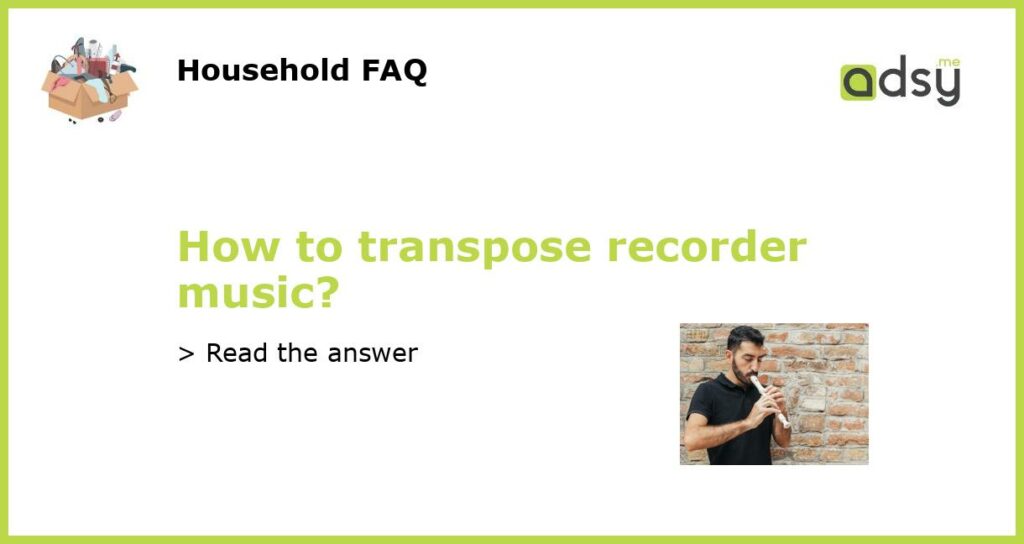Transposing music is an essential skill for any musician. It involves changing the key of a piece of music to accommodate different instruments or vocal ranges. Transposing recorder music can be particularly challenging, but it’s a necessary skill if you’re playing with other musicians, especially those who play in different keys. In this article, we’ll explore some essential tips to help you transpose recorder music.
Understand the Basics of Recorder
The recorder is a woodwind instrument that produces a sound through a whistle mouthpiece. It comes in different sizes, including sopranino, soprano, alto, tenor, and bass. Each recorder has a unique range, with the soprano recorder being the most commonly used. The recorder is a transposing instrument, which means that the notes you see written down are not the same as the notes that come out of the instrument.
Identify the Key of the Original Piece
Before you can transpose a piece of music, you need to understand its key signature. The key signature tells you which notes are sharp or flat and helps you identify the tonic note. Once you’ve identified the key of the original piece, it’s easier to transpose it to a different key. You can use online tools like Music Transposer or Scale Finder to help you identify the key of the piece.
Choose the New Key
Once you know the key of the original piece, you can choose the new key in which you want to transpose the music. You can use a keyboard or online tools like Scale Finder to help you identify the notes in the new key.
Use a Transposition Chart
A transposition chart is a valuable tool for transposing music. It’s a chart that shows you how to change the notes in the original key to the notes in the new key. You can find transposition charts online or create your own. Once you have a transposition chart, you can easily transpose the music note by note.
Transposing recorder music requires practice, but with persistence, you can master this essential skill. Start by understanding the basics of recorder and identifying the key of the original piece. Then, choose the new key, use a transposition chart, and practice playing the transposed music. Remember, transposing music is not always easy, but it’s an essential skill for any musician who wants to play with other musicians or in different keys.






